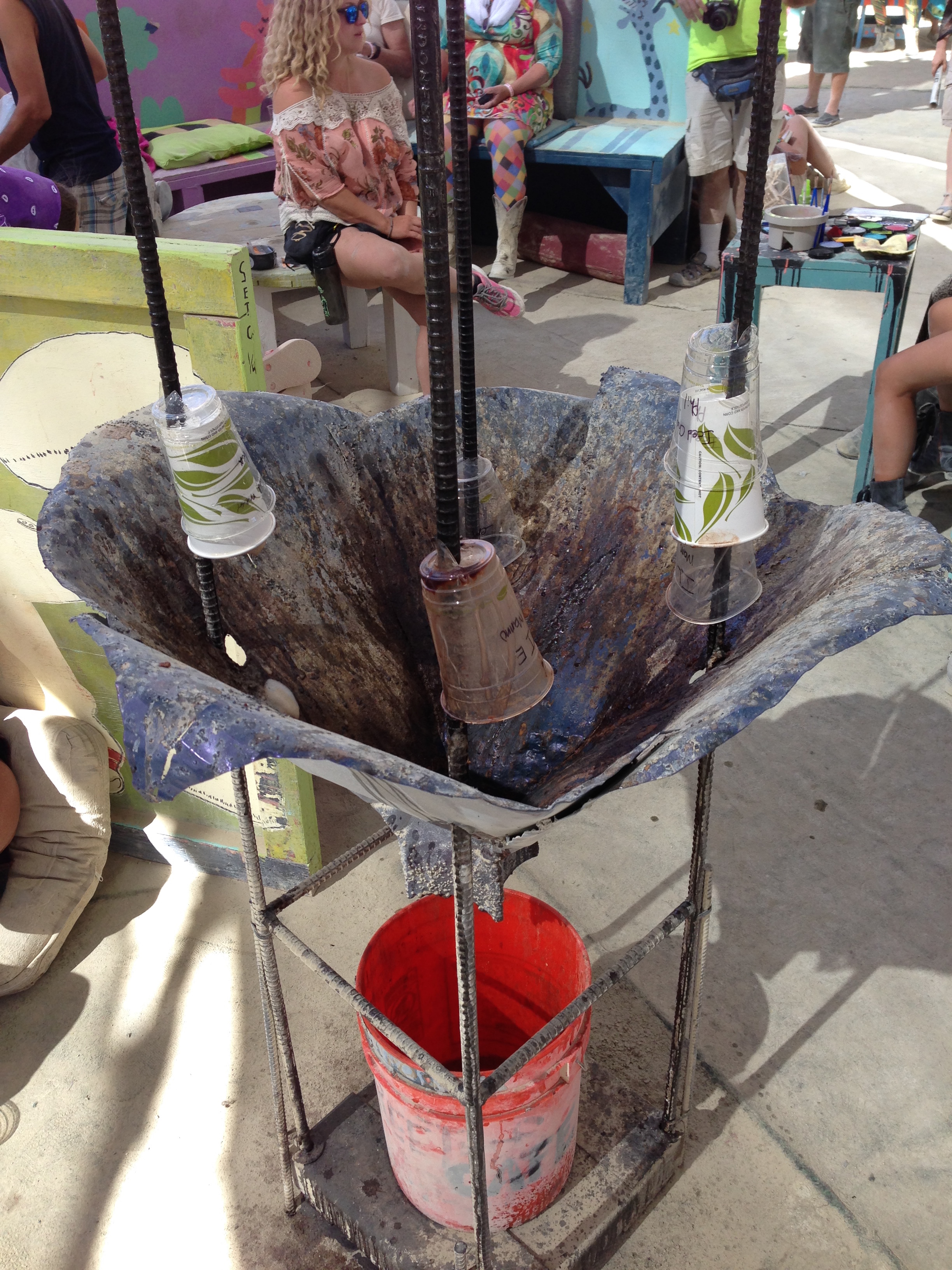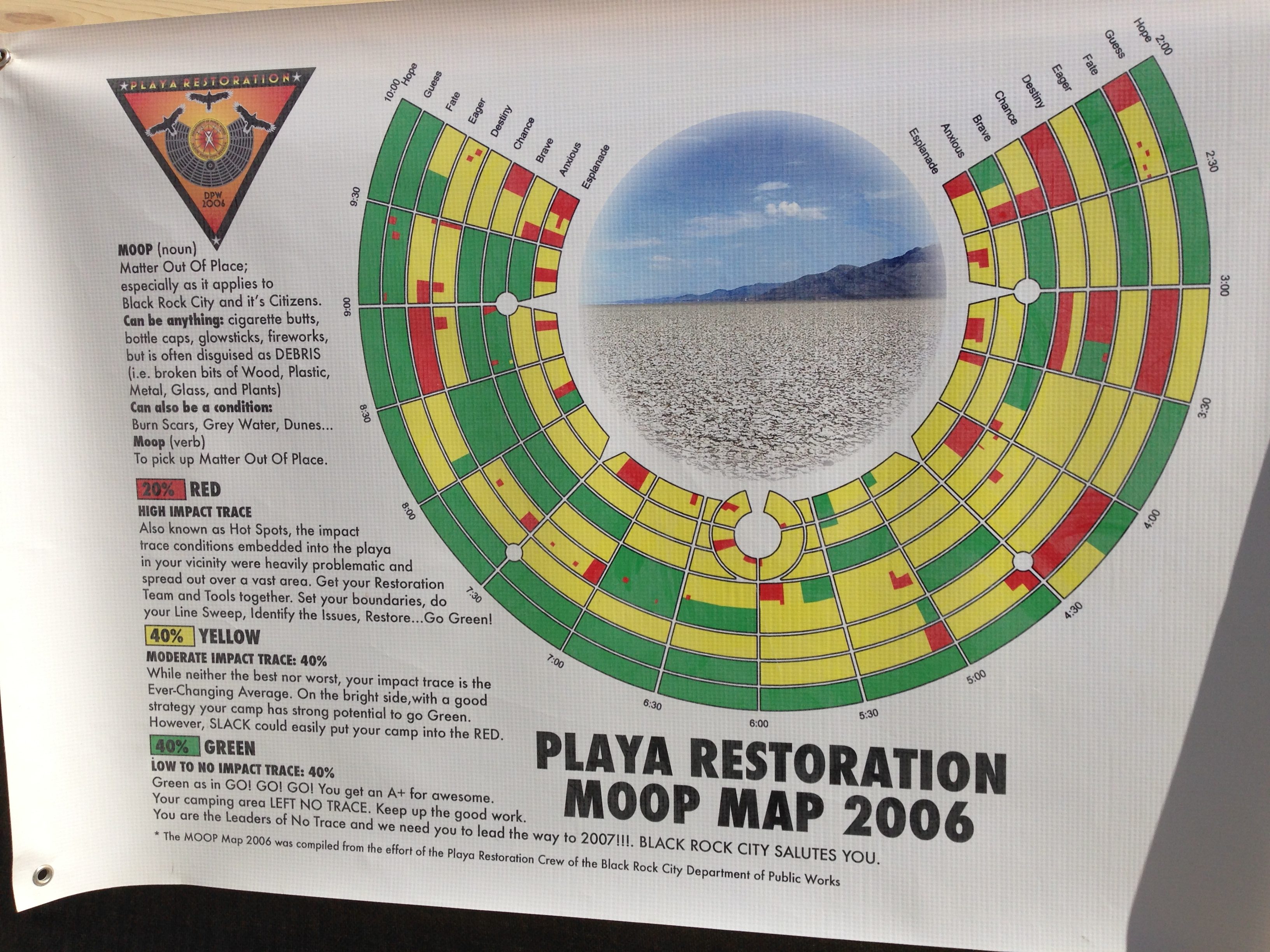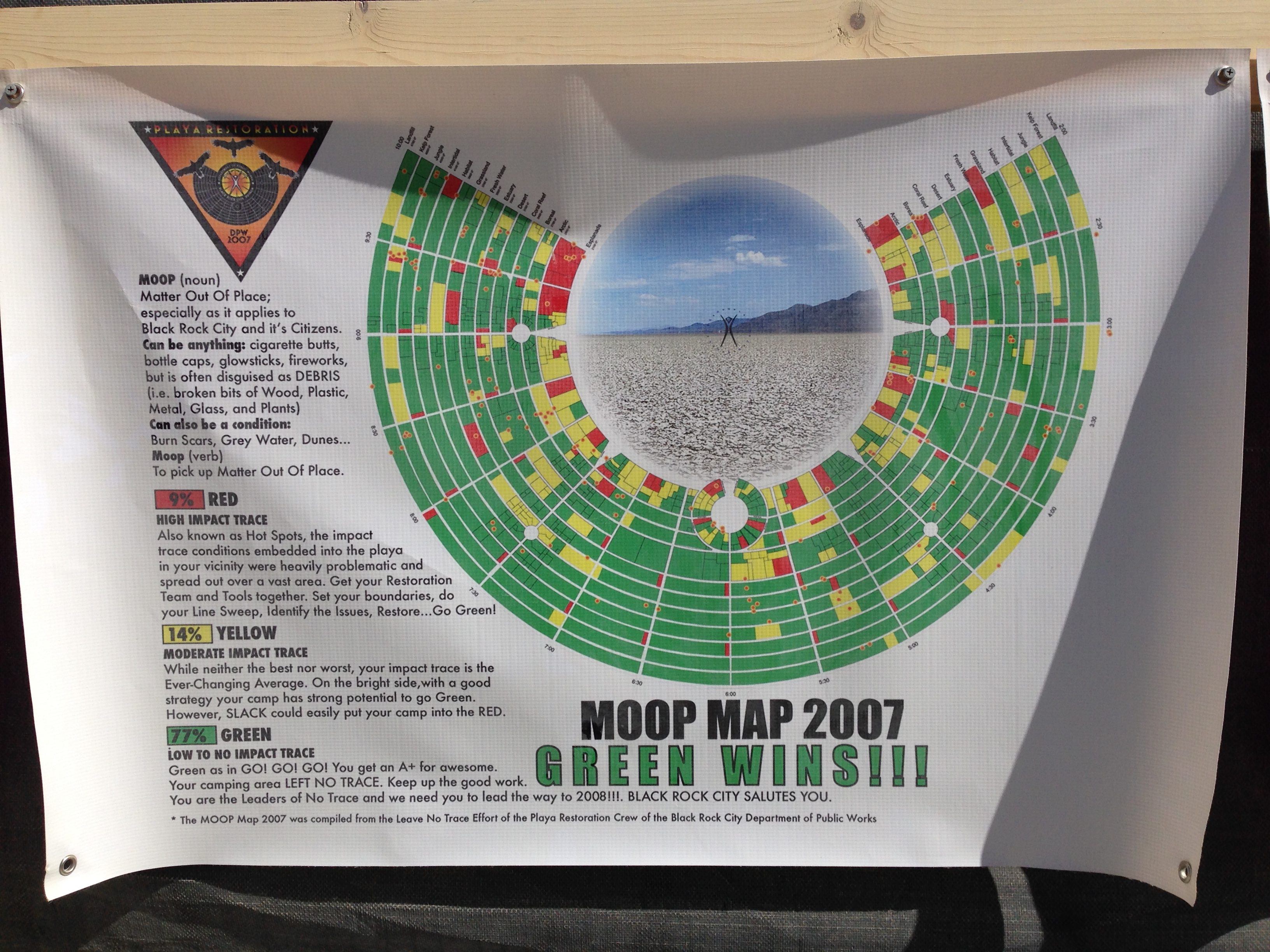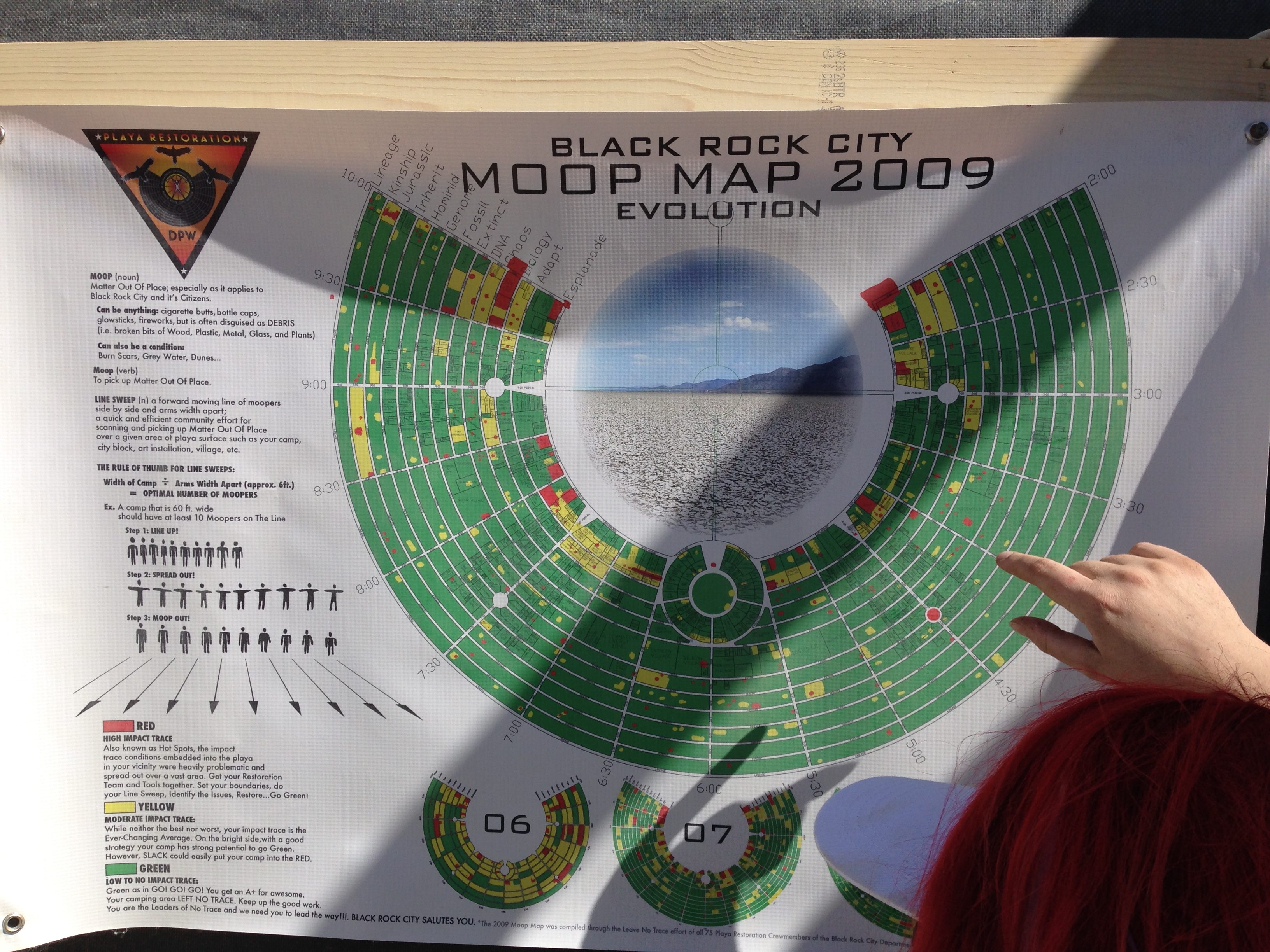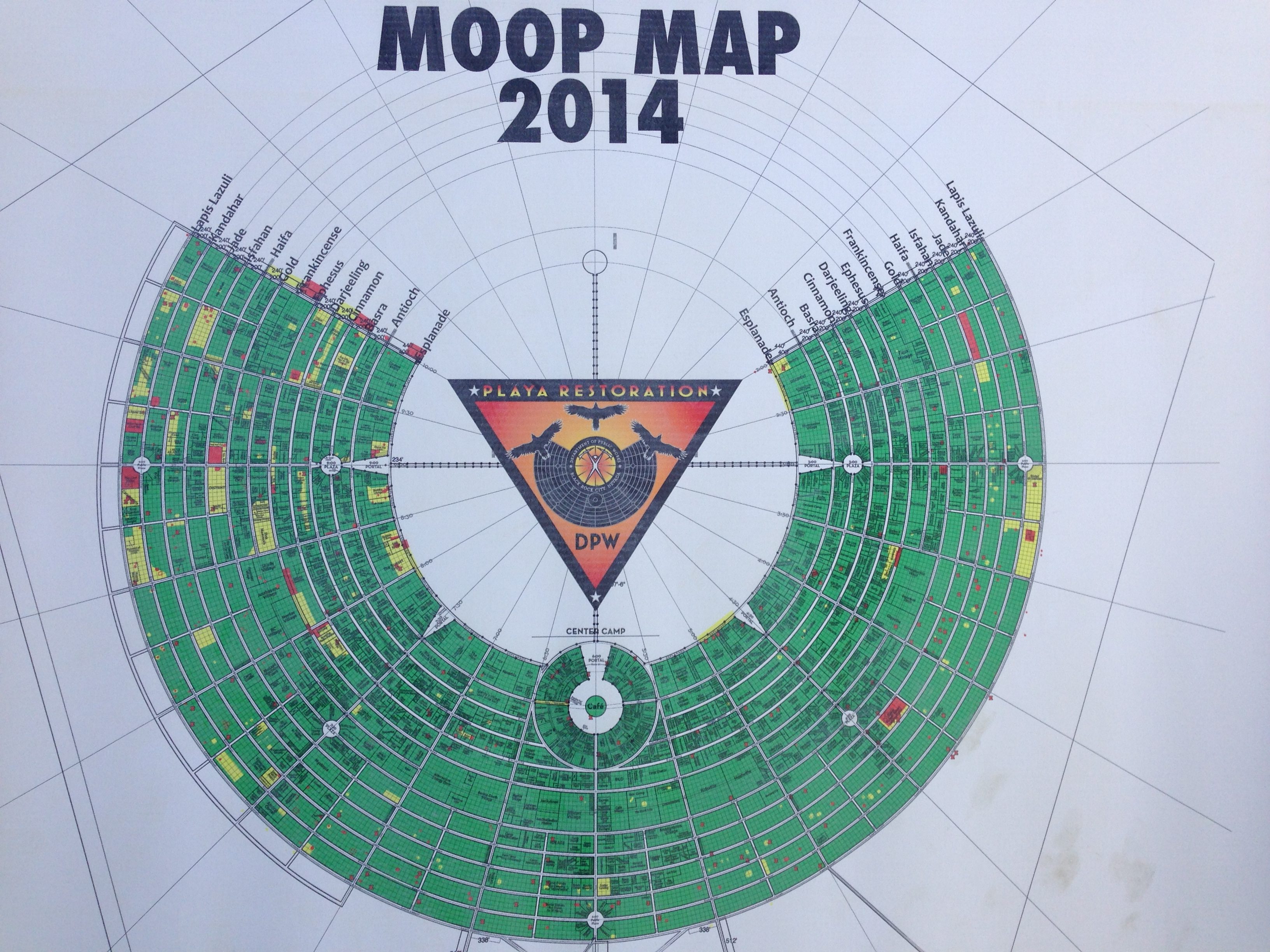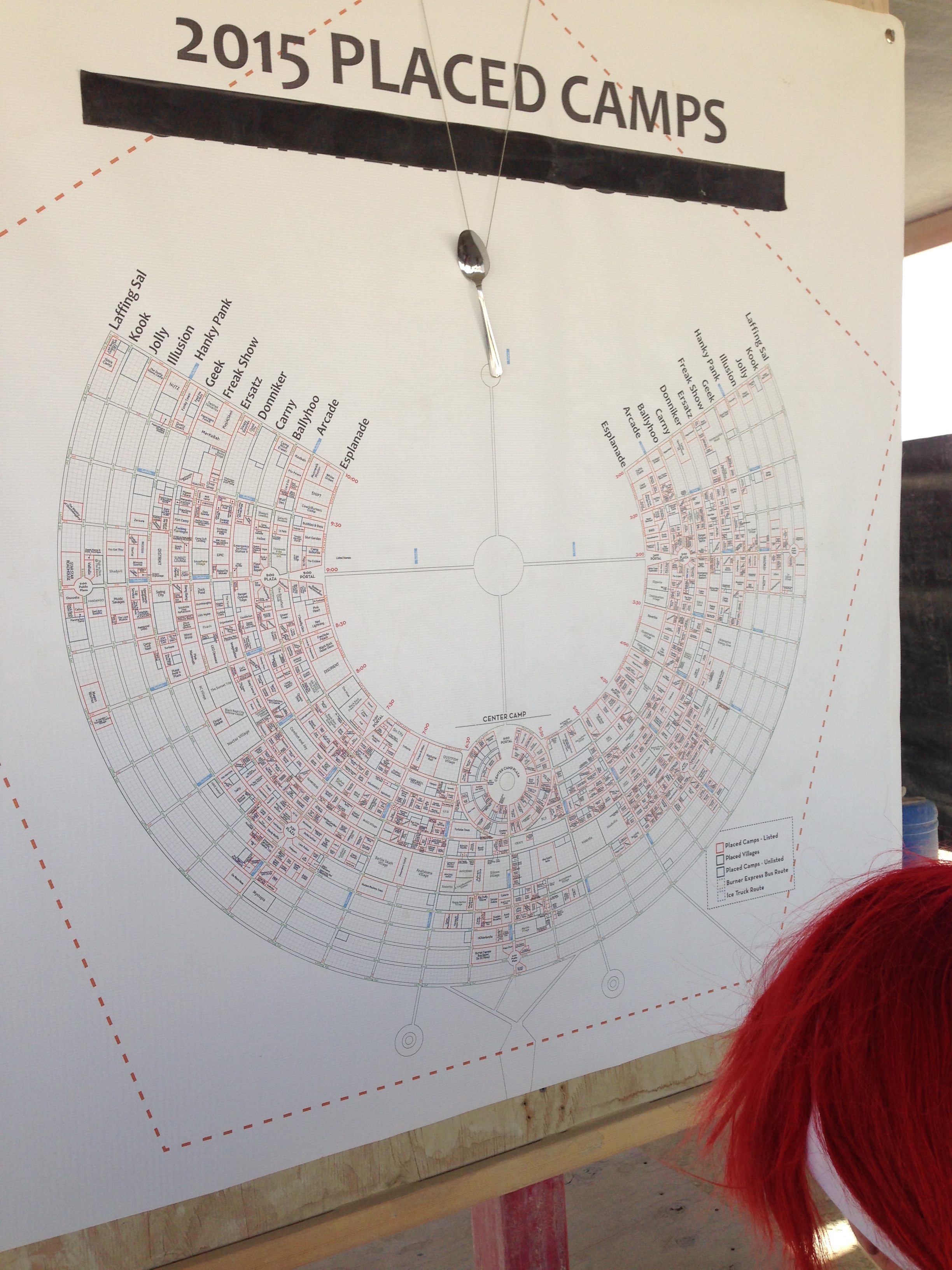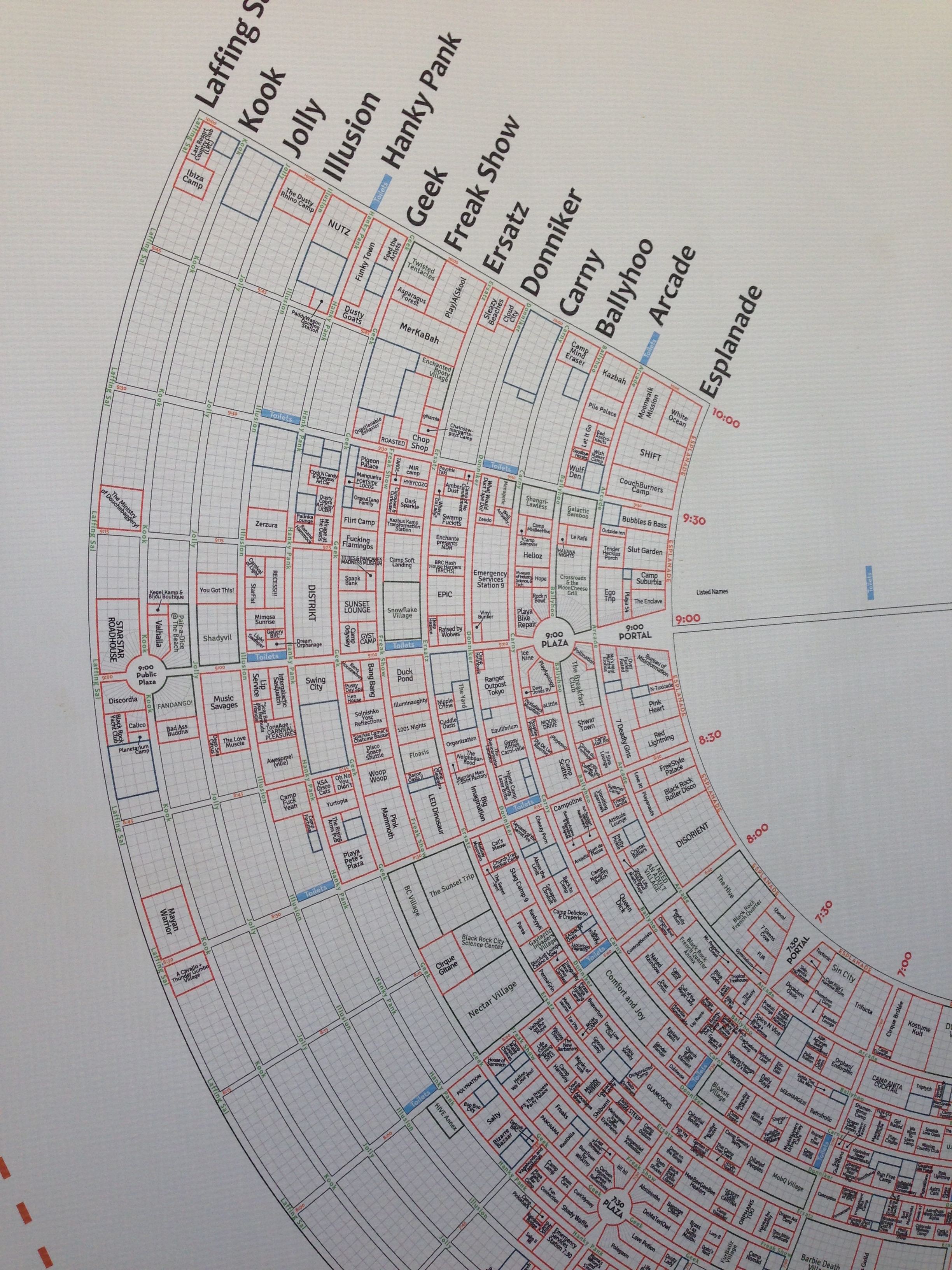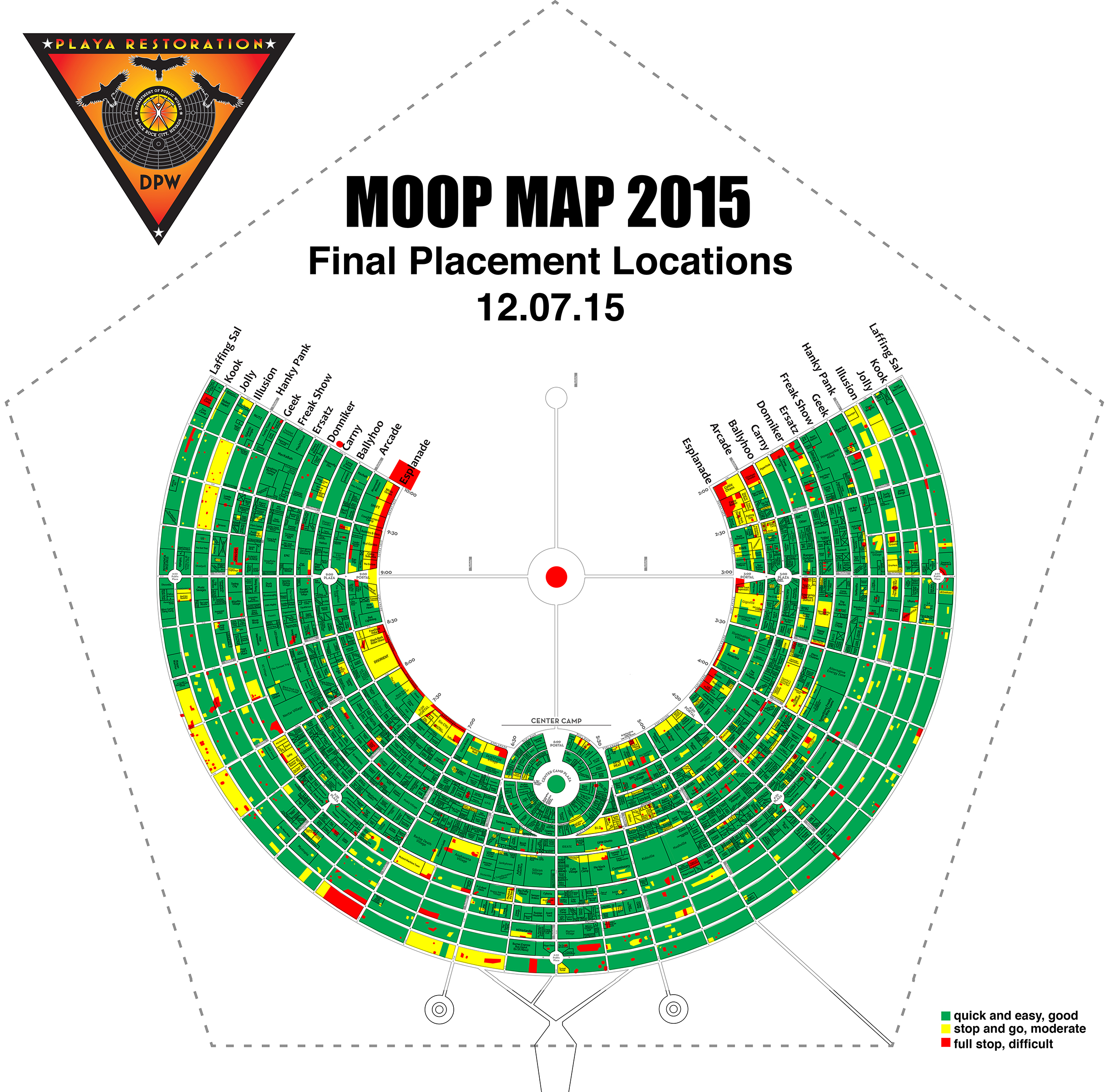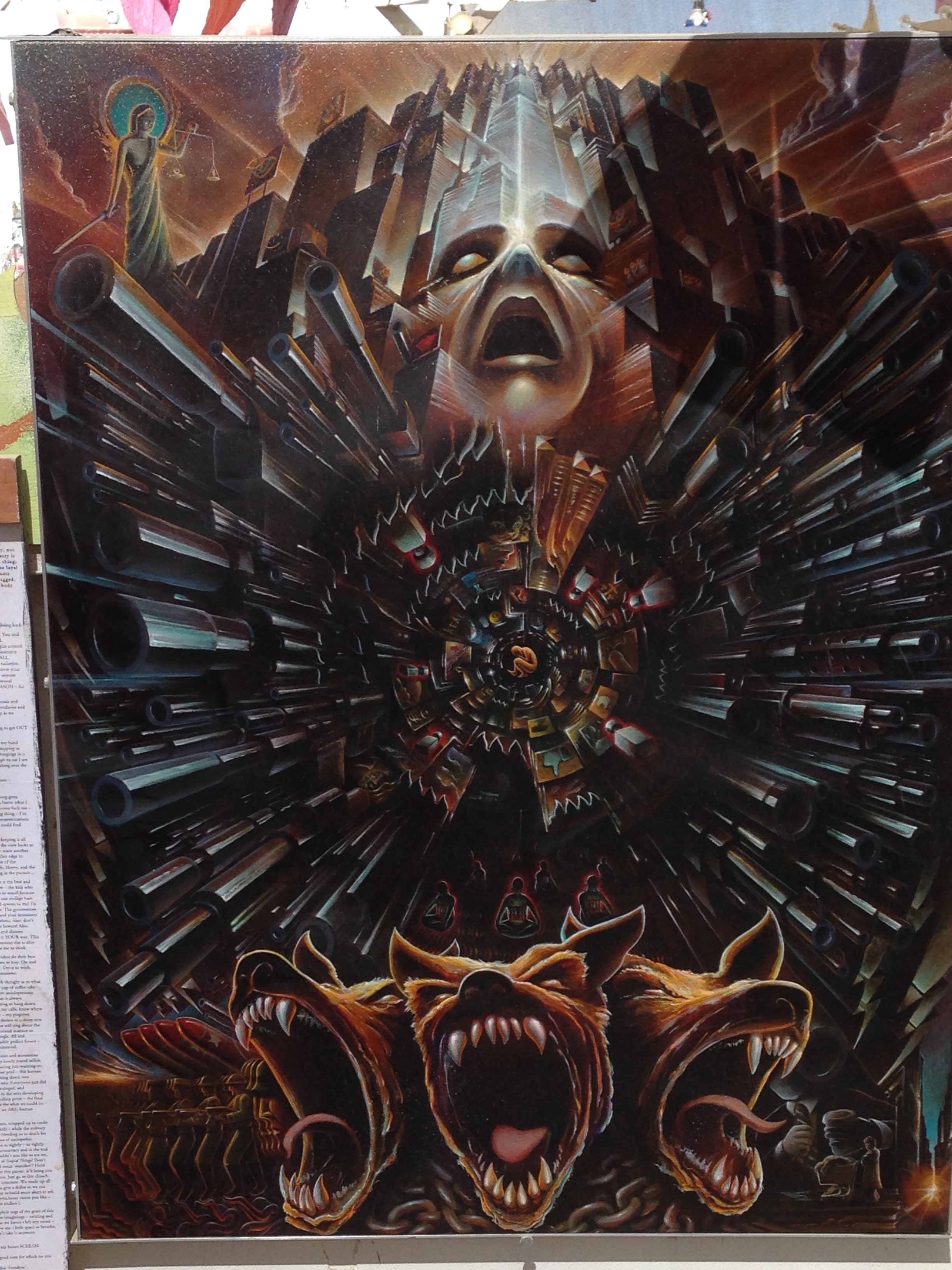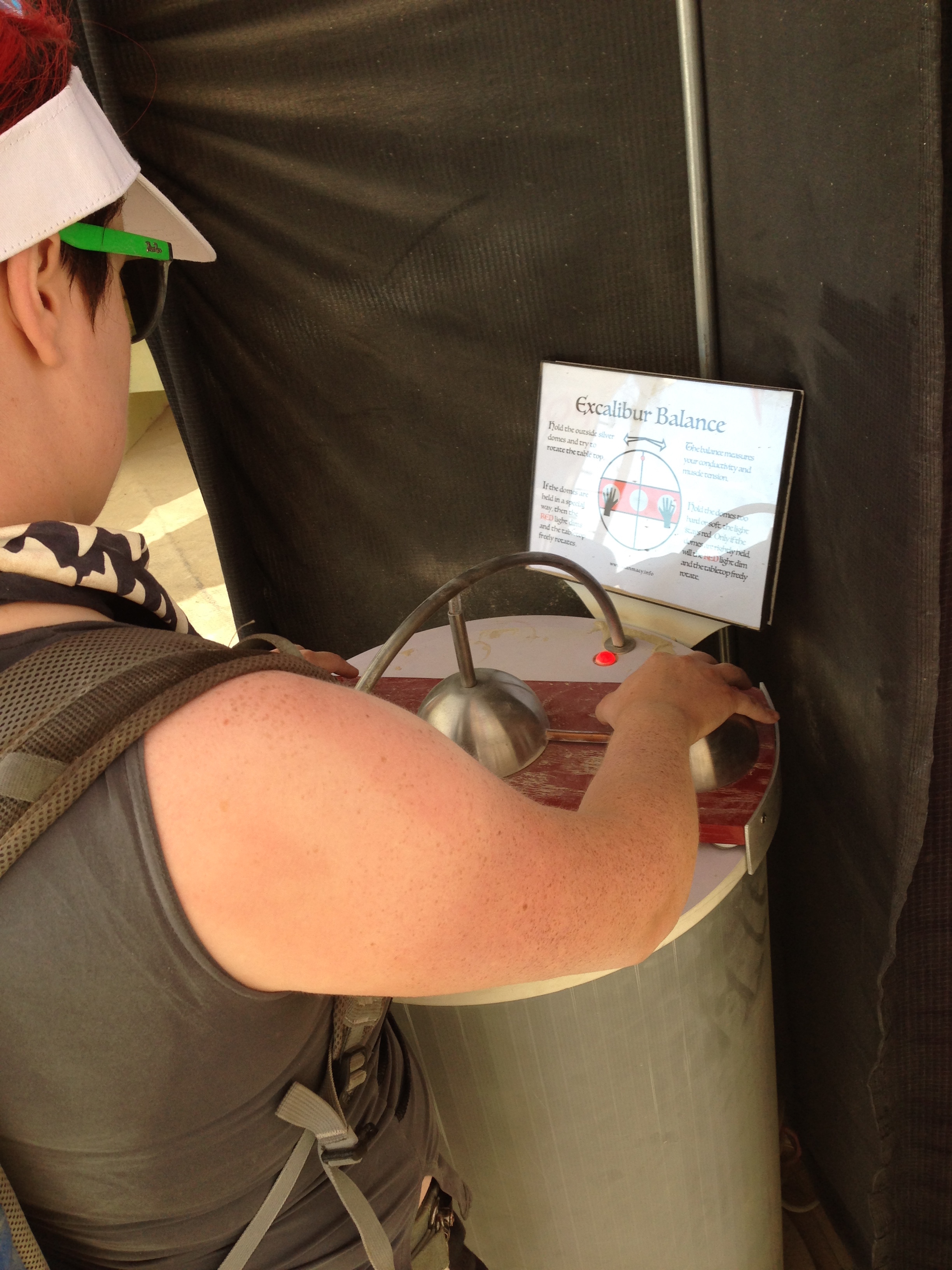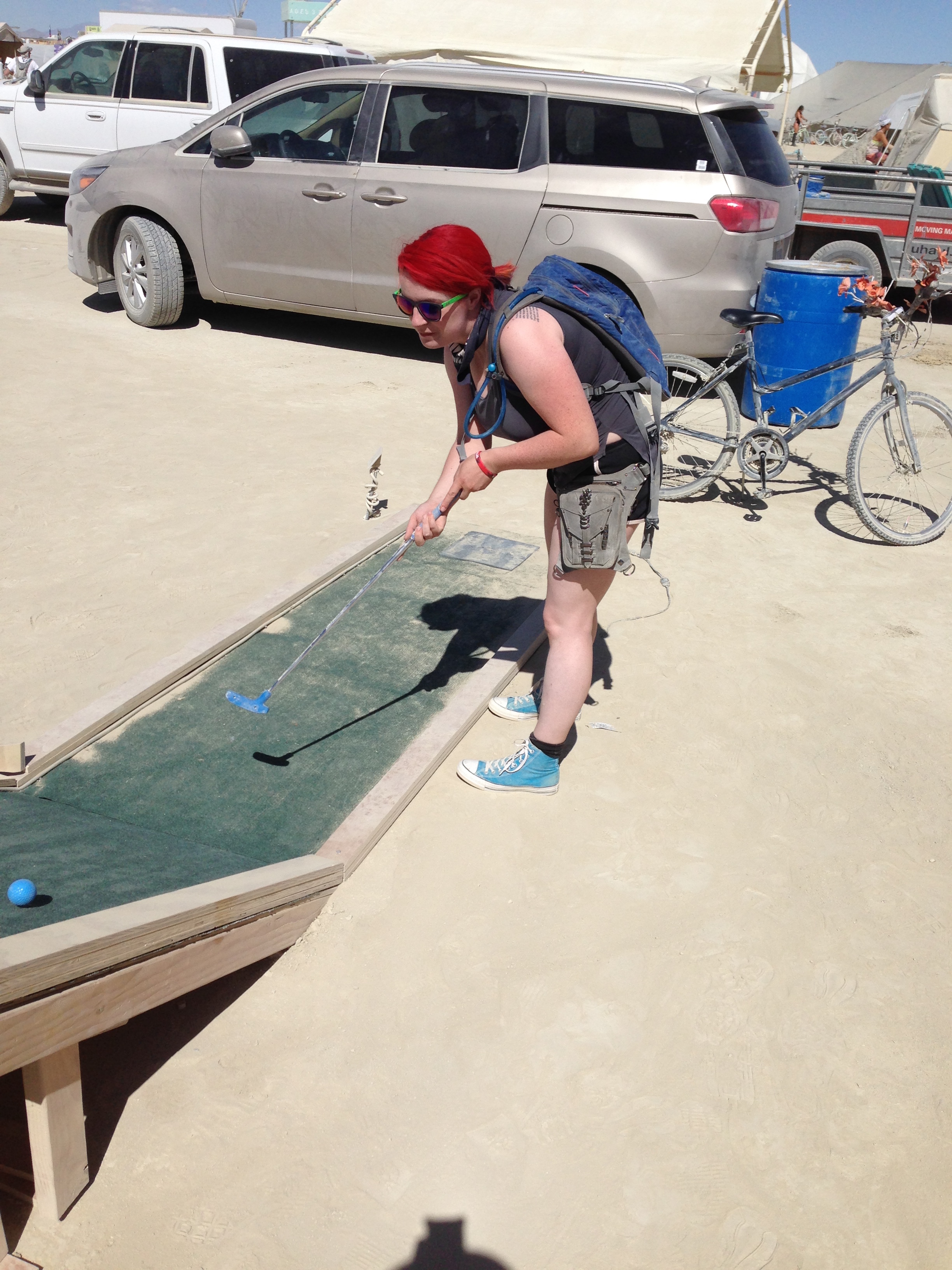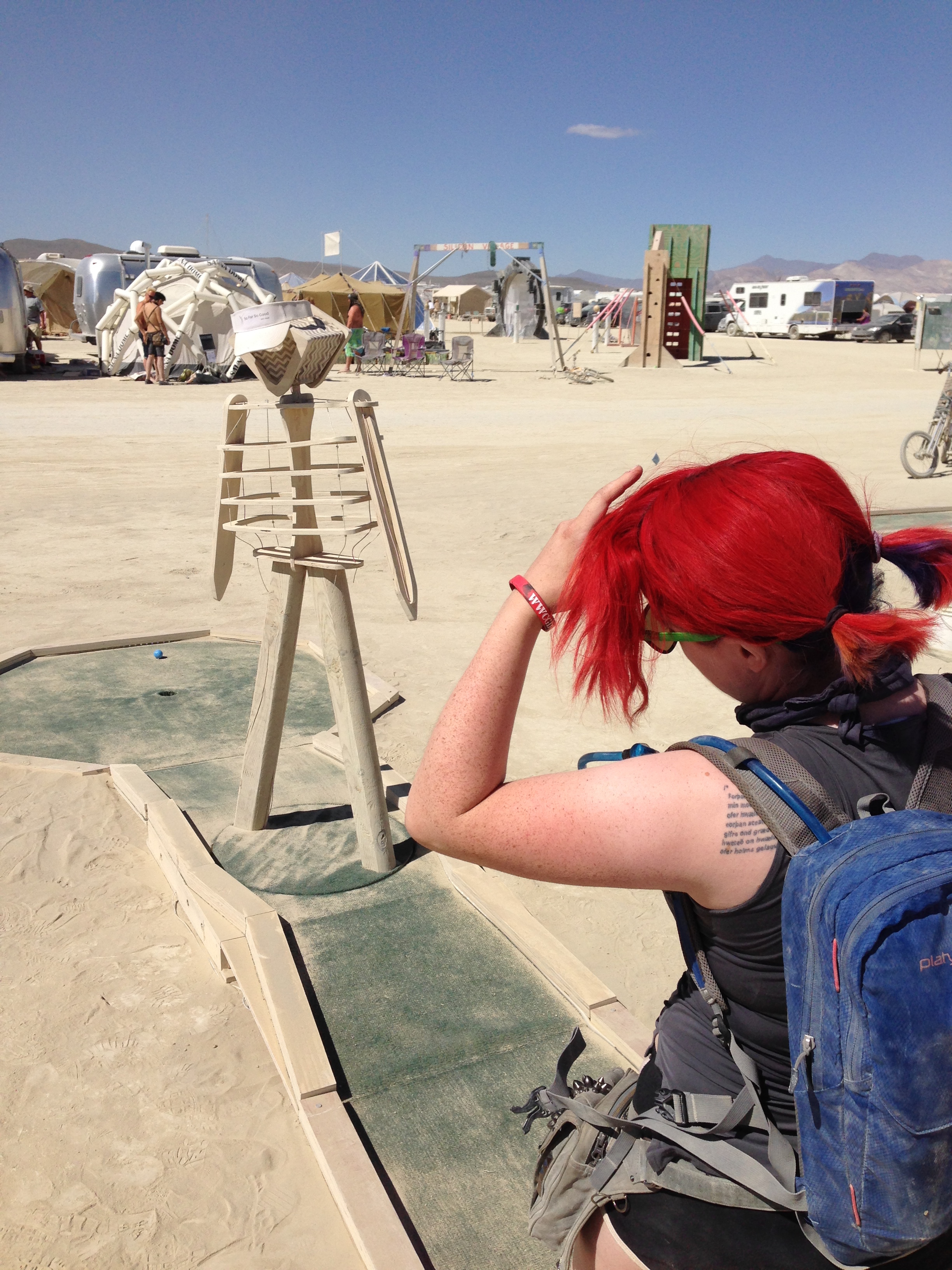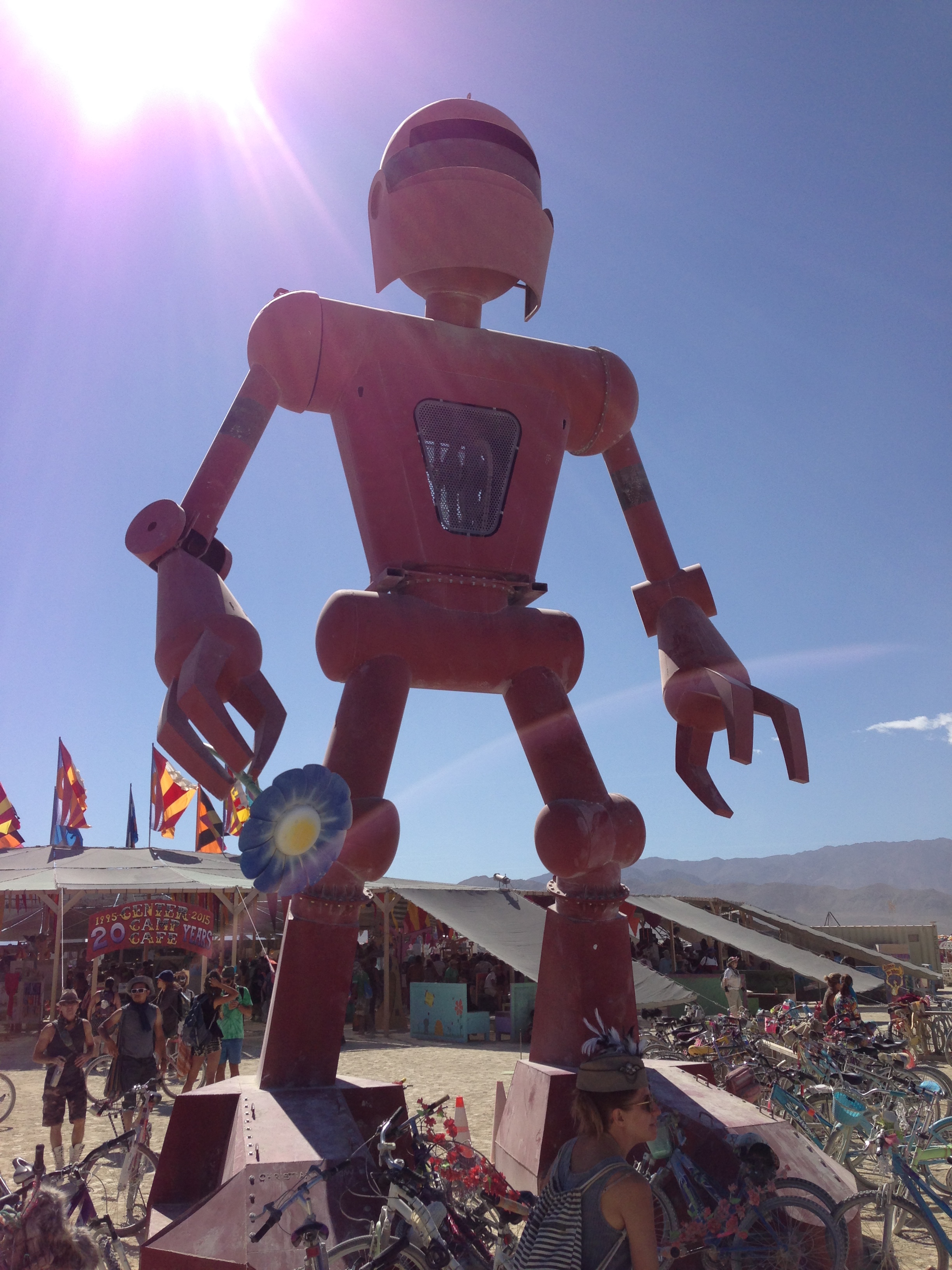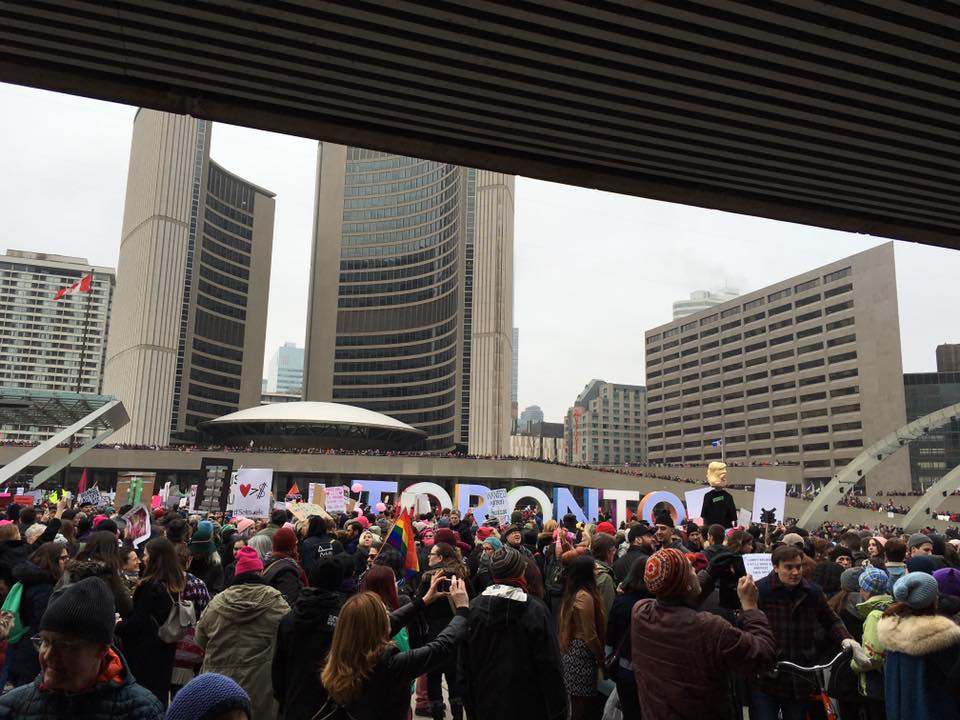
Yesterday was the largest protest in U.S. history. The 2017’s Women’s March was an assembly of people gathering to tell those freshly elected[1] that they would be held to account, to be “proactive about women’s rights”, to be “a stand on social justice and human rights issues ranging from race, ethnicity, gender, religion, immigration and healthcare”.
Estimates are still fluctuating (best estimates are currently 4.7 million), but it is clear that the protest was the largest in U.S. history, and aside from pilgrimages, the second largest peaceful gathering in human history.
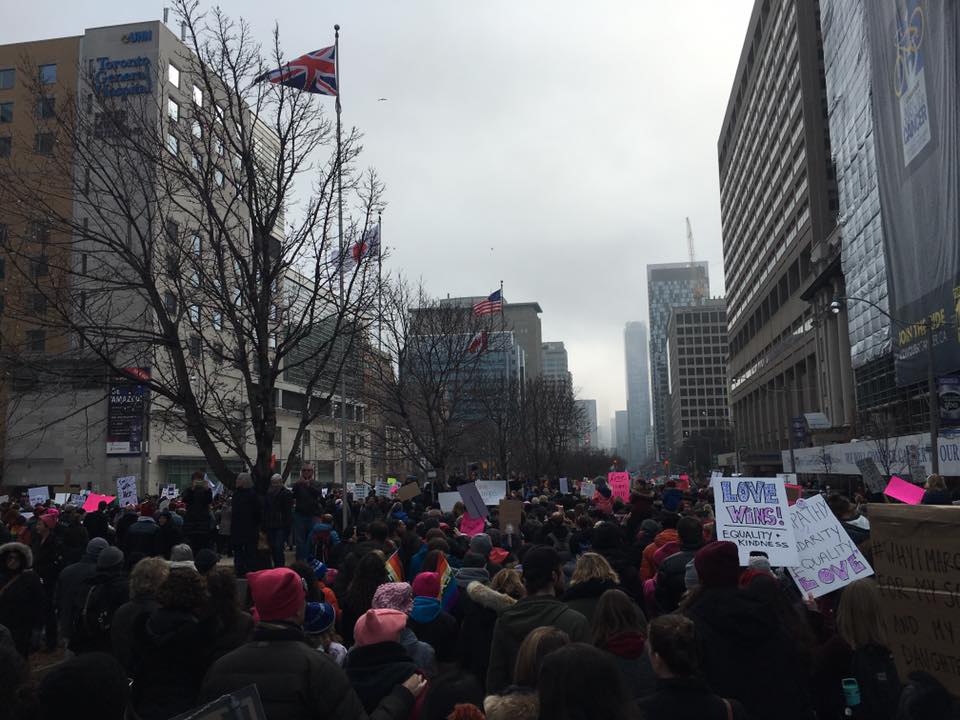
Even from half a block away, as I was approaching the march, it was difficult to not cry in reaction. All these people uniting for this cause. “You are not alone.” And all of them so invested. There were so many signs, almost all of them handmade. There were entire families, old people, children, babies.
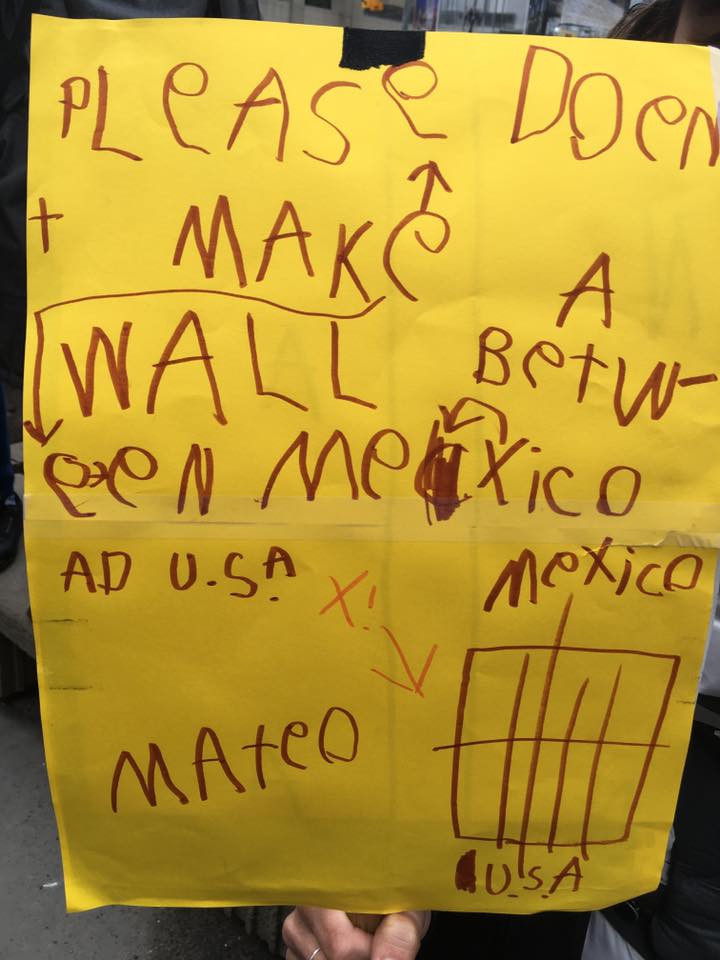
Some of the signs were heartbreaking. Above you can see a sign drawn by a child perhaps of four showing that children understand what we are doing, and that what is being done is wrong.
Below, we see one of the signs which talked about intersectionality[2]. A common complaint about feminist movements is that those impacted most are women of colour and various other ‘more disadvantaged groups’, while women’s movements tend to focus on white women. This specific sign below is talking about the (very) large number of missing and killed aboriginal women:
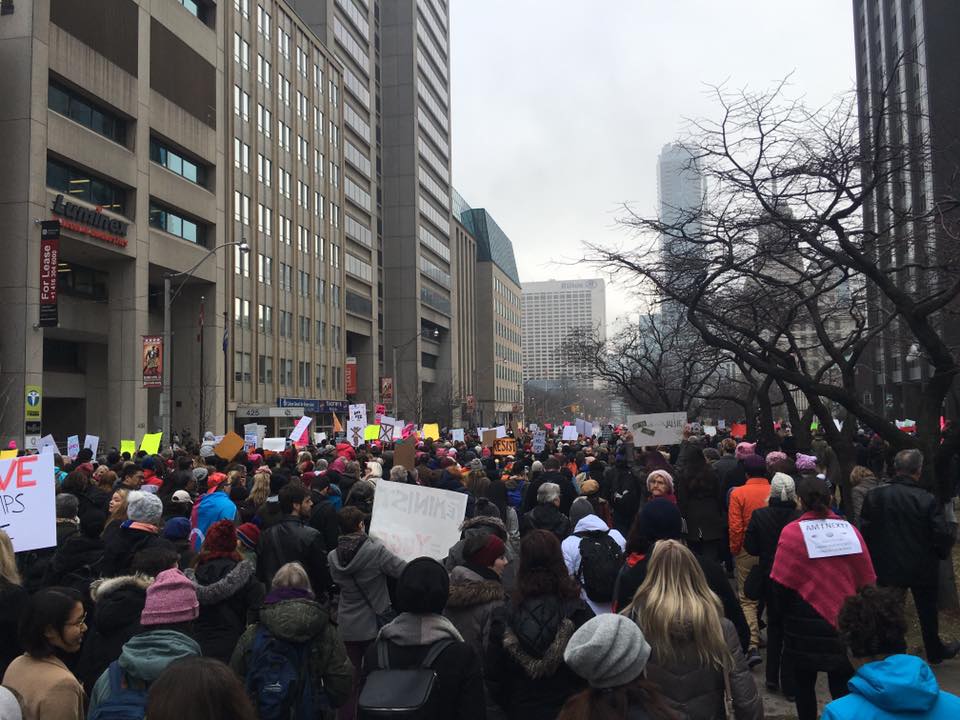
The only real police presence (aside from blocking traffic so that the march could progress) was in front of the U.S. Consulate:

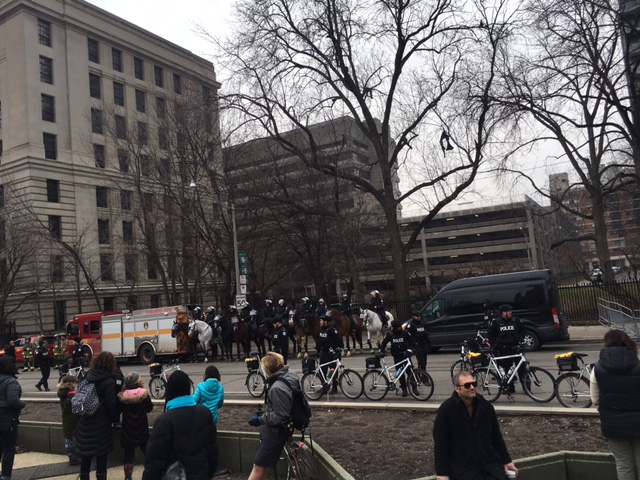
The Horsies! above made their own comment on the situation:

I like to make up stories about people that I see. My story here is that this older gentleman grew up in Eastern Europe, saw things there happen first-hand, and so has a very personal reaction to current events.
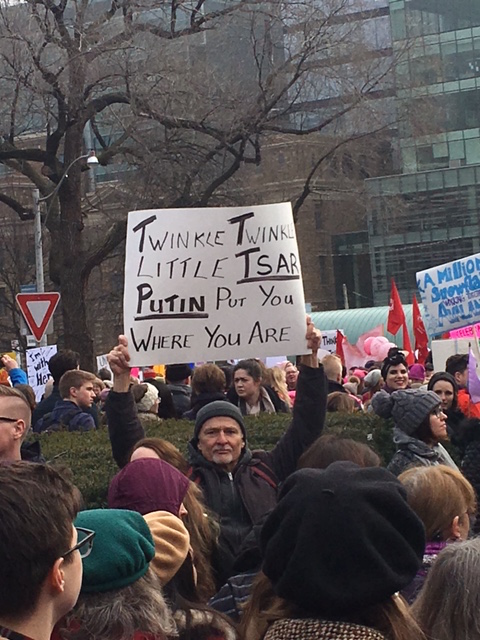
At Queen & University, I stopped to talk to J, who was counting the number of people in the march as they went by. (He’d estimated about 20,000 up to that point, later estimates were around 60,000.)
Continuing on to Nathan Philips Square (the first photo in this post), out front we ran into three young gentlemen in immaculate suits[3]. They seemed confused, so we decided this would be a useful teachable moment. We asked them if they wanted to know what this was about, they explained that they didn’t know about what was going on. ‘What was the march about?’ ‘What were their specific policy proposals?’ (They assumed it was about reproductive rights.) Interestingly, this was difficult to articulate, perhaps because that was the wrong question.[4] I tried anyway, talking about the normalization of violence against women, reproductive rights, healthcare, climate change, but feeling like I was losing them, turned back to the teachable moment that I thought would be most effective in getting them to pay attention[5]: “The main reason protests like this happen is…” “Awareness?” “Yes. The point of the hundreds of thousands of people marching in D.C. and elsewhere is to get men in suits to pay attention and change things.” (I pointed out wordlessly that they were wearing suits, and they showed they understood. We left them thinking about it.)
Their questions were good, in a way. It highlighted for me how little I had really expressed these ideas myself, assuming their correctness, not having had to explain them to people who did not agree.
One of the few signs which contained specific policy proposals:
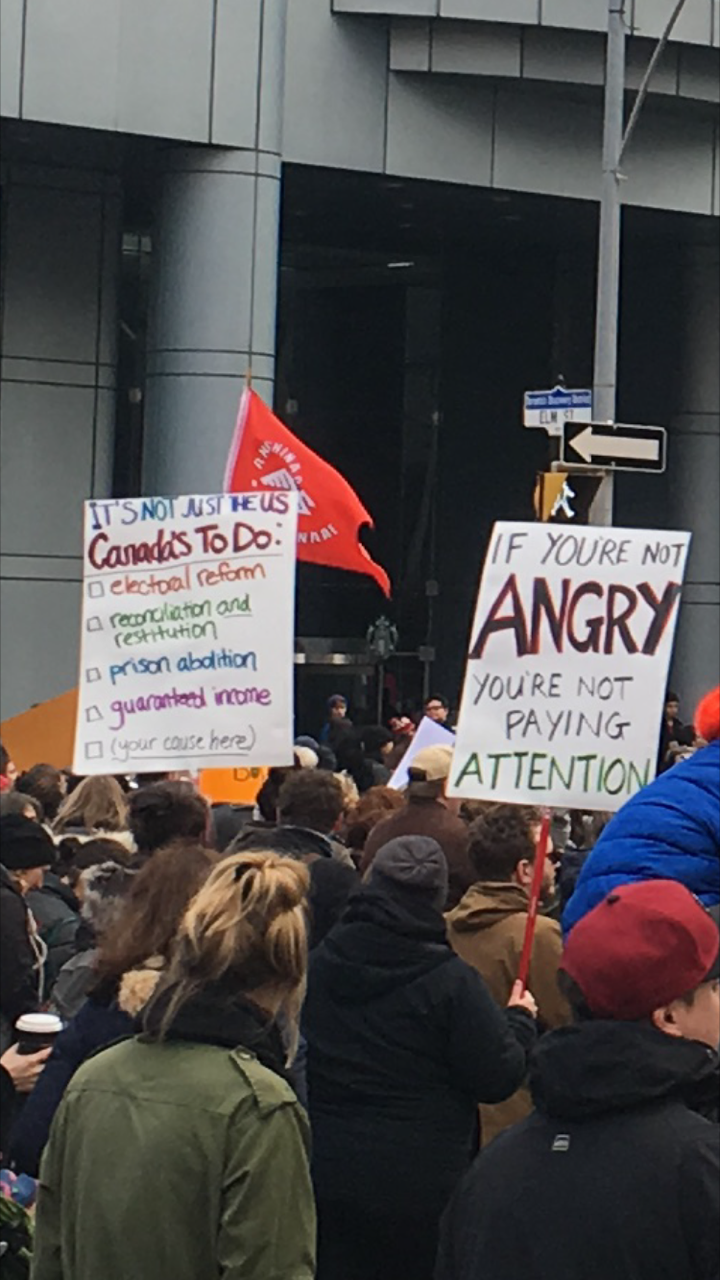
– Electoral Reform
– Reconciliation and Restitution
– Prison Abolition[6]
– Guaranteed Income
I’ll leave you with this inspiring photo of two powerful women:
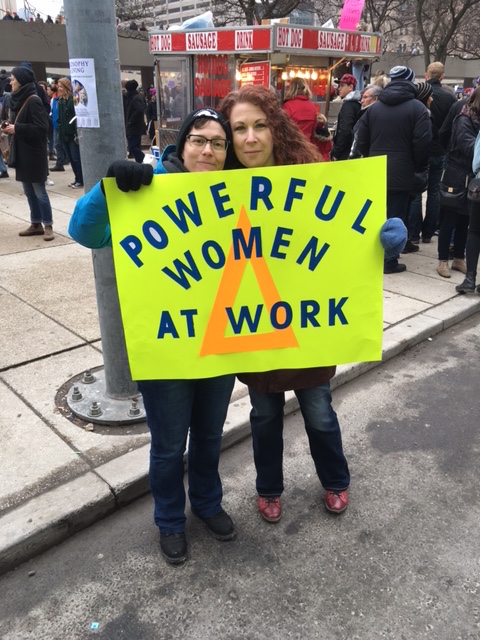
Note: There were a number of photos that I did not include because they included faces.
[1]The use of ‘elected’ is problematic, but outside the scope of this post.
[3]From their lanyards, it looks like they were at the Ontario provincials for ‘DECA‘, “an international association of high school and college students and teachers of marketing, management and entrepreneurship in business, finance, hospitality, and marketing sales and service.”
[4]Really, we want a consultative democracy, with proper rule of law. We’re never going to get things right the first time, but talking to each other about it and actually listening will help a lot. I also think that science-based decision making is best, but proper consultation is a good step in that direction.
[5]Yes, I’m aware that the discourse has moved beyond ‘men in suits have to be convinced to make the changes, no one else can’, but if it helps a few more people think about being allies, I figured it was worth it.
[6]There is a lot of literature on this topic. Put simply, prisons are an act of violence inflicted on the people by the state. Different people have different opinions on how necessary and/or helpful this is.
